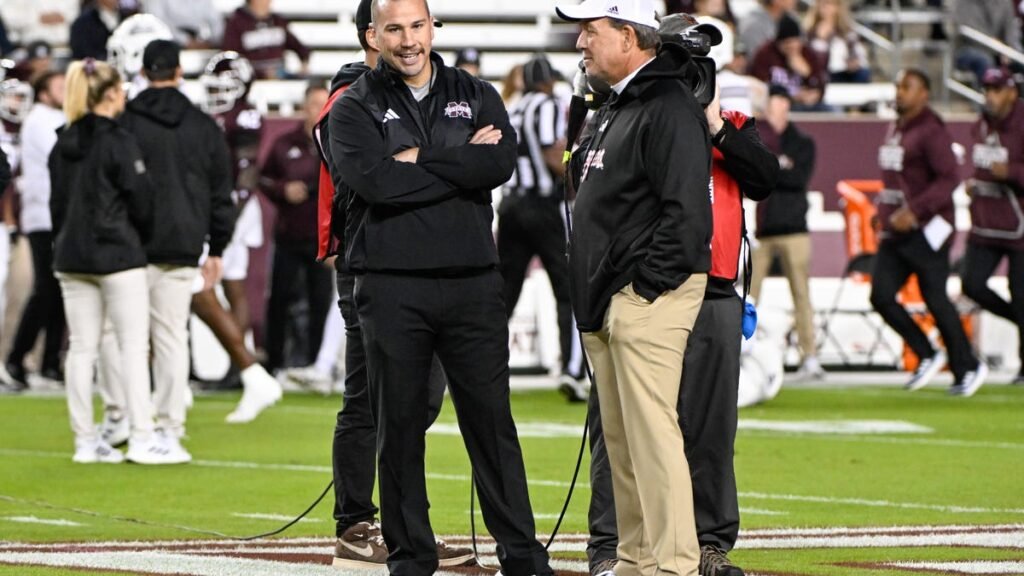Being a fired college football head coach is the best job

Jimbo Fisher, the recently fired head coach of the Texas A&M football team, is set to receive a staggering $76 million in severance pay. This eye-popping figure is just another example of the exorbitant sums of money being thrown around in the world of college football. It also highlights the stark contrast between the financial compensation of coaches and the treatment of student-athletes.
Fisher’s severance package is part of a larger trend in college football, where fired coaches are walking away with massive payouts. According to a report from Front Office Sports, Texas A&M owes a minimum of $119 million to head football coaches before 2031, with Fisher accounting for $77 million and the new head coach, Mike Elko, adding another $42 million to the total.
But it’s not just Texas A&M. Coaches from universities across the country are receiving huge paydays after being let go. Some notable examples include Indiana’s Tom Allen ($15.5 million), Houston’s Dana Holgorsen ($14.8 million), Mississippi State’s Zach Arnett ($4.5 million), Syracuse’s Dino Babers (estimated at $4 million, as it is a private school), Boise State’s Andy Avalos ($3 million), and New Mexico’s Danny Gonzales ($400,000).
These astronomical figures raise important questions about the allocation of resources in college athletics. While coaches are being handed multi-million dollar severance packages, student-athletes continue to face restrictions on compensation. Just weeks ago, Texas A&M and other schools proved that they have more than enough money to pay student-athletes when they introduced new policies allowing athletes to profit from their name, image, and likeness.
The vast sums of money being spent on fired coaches are not limited to college football. The NFL is also guilty of this excessive spending. Las Vegas Raiders owner Mark Davis is expected to shell out around $85 million in severance pay after firing head coach Josh McDaniels, general manager Dave Ziegler, and other coaching staff members. This comes after Davis had already given former coach Jon Gruden a 10-year, $100 million contract.
Last season, the NFL informed owners that they had spent a staggering $800 million on coaches and front-office executives who no longer worked for them over the previous five years. This level of wasteful spending is difficult to comprehend, especially when considering the financial struggles faced by many players who are not given the same opportunities for compensation.
While it is undeniable that college football and the NFL generate immense revenue, the disparity between the compensation of coaches and players is a glaring issue. It is time for universities and professional sports leagues to reevaluate their spending priorities and ensure that the individuals responsible for generating the revenue are fairly compensated. Until then, the disparity between the millions of dollars handed out to fired coaches and the limited compensation for student-athletes will continue to be a contentious topic.





